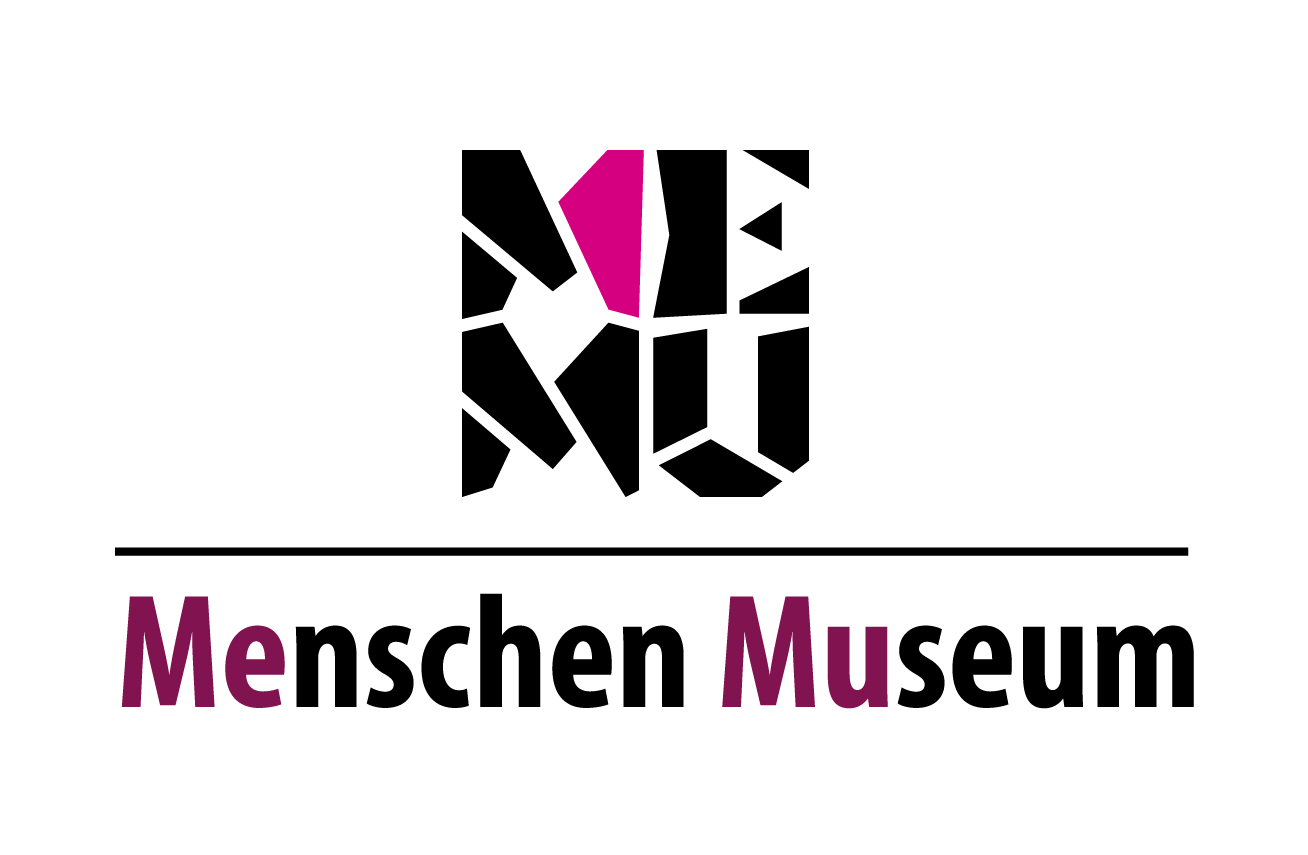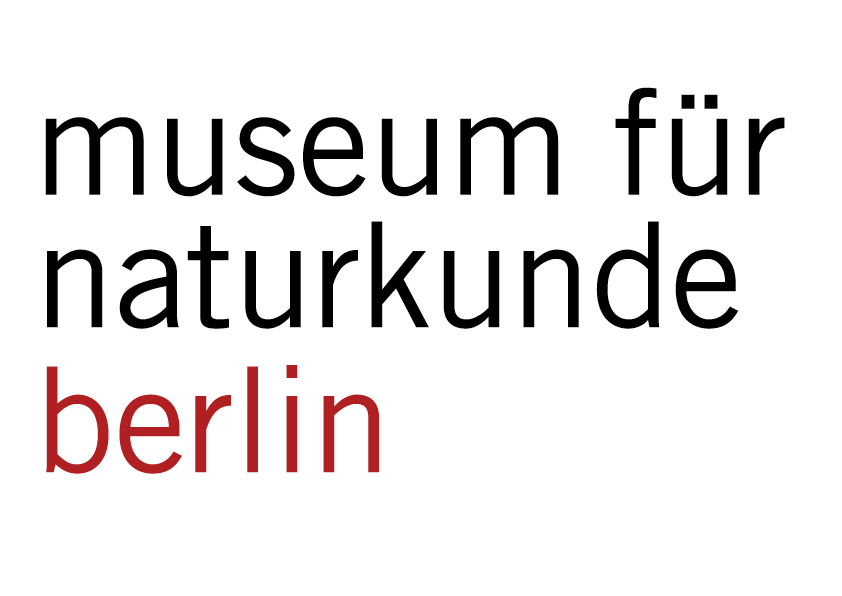Berlin
 Berlin – „Stadt im Sumpf“
Berlin – „Stadt im Sumpf“
Ende des 12. Jahrhunderts entwickelte sich die Stadt aus den beiden Kaufmannssiedlungen Berlin und Cölln, gelegen zu beiden Seiten der Spree. Das Jahr 1237 gilt als offizielles Jahr der Stadtgründung. 43 Jahre später erhielt Berlin ein neues Stadtsiegel, auf dem erstmals zwei Bären abgebildet waren.
Im Jahr 1307 bildeten Berlin und Cölln eine Union, um die Rechte gegenüber dem Landesherrn zu sichern und auszuweiten. Berlin-Cölln wird im Jahr 1360 Mitglied des Hansebundes und nimmt als Vertreter der mittelmärkischen Städte an den Tagungen in Lübeck teil. Der Kaufmanns- und Städtebund ermöglichte der Stadt weitreichende Handelsbeziehungen, jedoch hatte Berlin-Cölln keine große Bedeutung in diesem Bündnis. 1518 wird die Stadt nach eigener Lossagung aus dem Bündnis ausgeschlossen. Im Jahr 1432 schließen sich Berlin und Cölln zu einer Stadtgemeinde zusammen.
1701 wird Berlin königliche Residenzstadt. Die Einweihung des Brandenburger Tors von Carl Gotthard Langhans erfolgte 90 Jahre später. Das neue (heutige) Berliner Rathaus wird 1869 fertig gestellt. In den darauffolgenden Jahren wird Berlin zum politischen, ökonomischem und wissenschaftlichen Zentrum des Kaiserreiches.
In den Jahren 1911/1912 schließt sich Berlin mit den umgebenden Städten Charlottenburg, Schöneberg, Wilmersdorf, Lichtenberg, Neukölln und Spandau sowie den Kreisen Niederbarnim und Teltow zum Zweckverband Groß-Berlin zusammen.
Schon John F. Kennedy sagte 1963, ,,Ich bin ein Berliner“. Sind wir nicht alle ein Stück Berlin? Die Hauptstadt ist mit ca. 3,5 Millionen Einwohnern und einer Fläche von ca. 891 km2, die bevölkerungsreichste und flächengrößte Gemeinde Deutschlands. Berlin ist die Weltstadt für Kultur, Politik, Medien und Wissenschaft und trägt den UNESCO Titel „Stadt des Designs“.
In der Geschichte war Berlin mehrmals schon die Hauptstadt deutscher Staaten. Angefangen als Hauptstadt der Markgraftschaft und des Kurfürstentums Brandenburg, wurde die Stadt an der Spree später Hauptstadt des Königreichs Preußen und des deutschen Reiches.
Seit der Wiedervereinigung 1990 ist Berlin die Hauptstadt der Bundesrepublik Deutschland.
Der Fernsehturm ist mit seinen 369 Metern das höchste Bauwerk Deutschlands. Von der Aussichtsplattform kann man die ganze Stadt von oben kennenlernen.
Berlin hat mit 175 Museen mehr Museen als Regentage. Im Ortsteil Friedrichshain befindet sich die East Side Gallery. Sie ist mit ihren 1.361 Metern die längste Open Air Gallery der Welt und das längste noch erhaltene Stück der Mauer. So bunt wie die East Side Gallery ist auch ganz Berlin. Berlin ist locker, lässig und bunt.
Das Freizeitangebot der Stadt ist sehr groß und vielfältig. Denn Berlin schläft nie. Jeder Bezirk ist unterschiedlich und wie eine kleine eigene Stadt. Man kann also sagen, Berlin besteht aus 12 kleinen „Städten“ die alle verschieden sind.
Berlin ist eine sehr facettenreiche Stadt und jeder ist individuell. ,,Sei du selbst“. Berlin macht es möglich. Und genau deshalb, sind wir alle ein Stück Berlin, weil Berlin für die Individualität der Menschen steht.
 Berlin – „place in the marsh “
Berlin – „place in the marsh “
At the end of the 12th century the town developed from the both settlements Berlin and Cölln, situated to both sides of the Spree. 1237 is the official year of the town foundation. 43 years later Berlin received a new town seal on which were for the first time two bears illustrated.
In 1307 Berlin and Cölln founded a union to protect the rights towards the sovereign and to expand. Berlin-Cölln becomes in 1360 a member of the Hanse alliance and takes part in conferences in Lübeck. The towns alliance allowed to the town far-reaching commercial relations, however, Berlin-Cölln had no great importance in this alliance. In 1518, the town excluded themselfs from the alliance. In 1432 Berlin and Cölln unite to a municipality.
In 1701 Berlin becomes a royal seat of power. 90 years later the Brandenburg Gate established by Carl GotthardLanghans was initiated. The new (today’s) Berlin city hall is finished in 1869.
During the next years Berlin becomes the political, economic and scientific centre of the empire. In the years 1911/1912 Berlin unites with the surrounding cities Charlottenburg, Schöneberg, Wilmersdorf, Lichtenberg, Neukölln and Spandau as well the circle of Niederbarnim and Teltow to the purpose association of Berlin.
Even John F. Kennedy said in 1963, ,,Ich bin ein Berliner“ (I am a berliner). Are we not all a piece of Berlin?
The capital city is with 3,5 million inhabitants and a surface area of 891km2, the most populous and largest municipality of Germany. Berlin is the city of the world for culture, politics, media and science and has the UNESCO title „City of design“. In the history of Berlin, Berlin was several times already the capital city of German States. Started as the capital of the country and of the electorate of ‚Brandenburg‘, later the city on the river ‚Spree‘ was the capital of the Kingdom of Prussia and the German Empire. Since the reunification in 1990, Berlin is the capital city of Germany. The TV tower is which 369 metres the tallest structure in Germany. From the observation deck, you can explore the whole city from the top.
Berlin has 175 museums, more than rainy days. The East Side Gallery is located in the district of ‚Friedrichshain‘. The Gallery is woth 1.361 metres the longest Open Air Gallery in the world and the longest remaining piece of the wall. The East Side Gallery is colourful like Berlin. Berlin is relaxed, casual and colourful.
The leisure facilities of the city are very big and diverse. Berlin never sleeps. Every area is different and like a own city. We can say, Berlin is composed of 12 „small towns“, their all different.
Berlin is a very diverse city and each is individual. „Be yourself“. Berlin makes it possible. And that’s why we’re all a piece of Berlin. Berlin stands for the individuality of every person.




